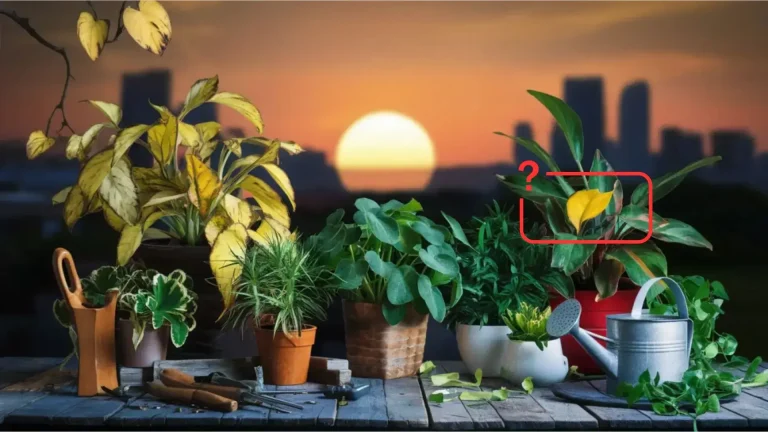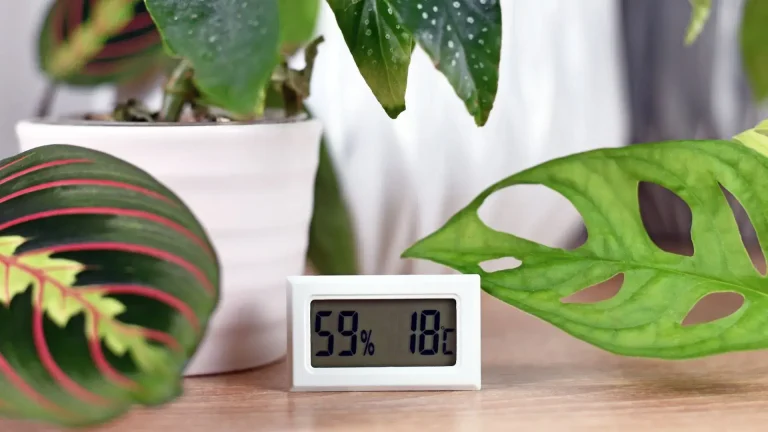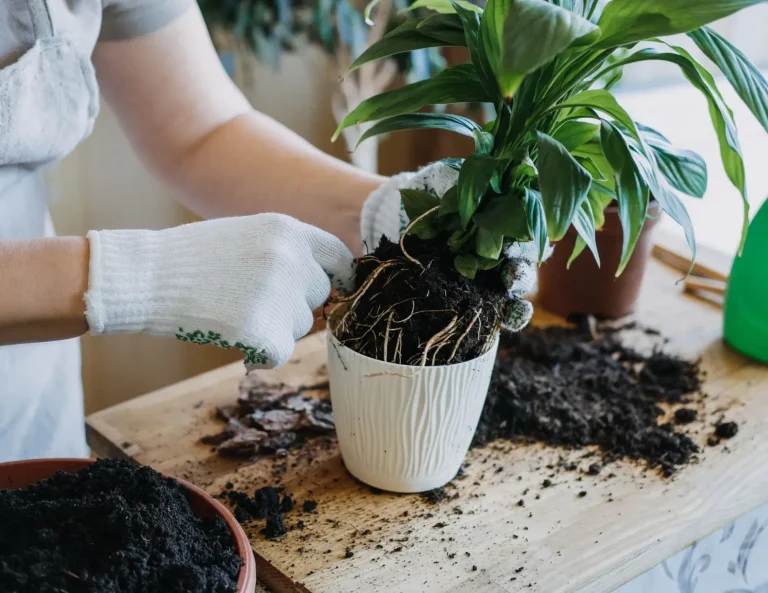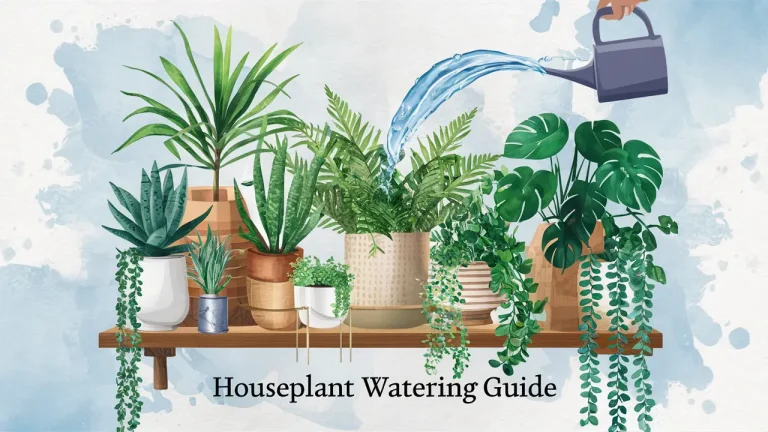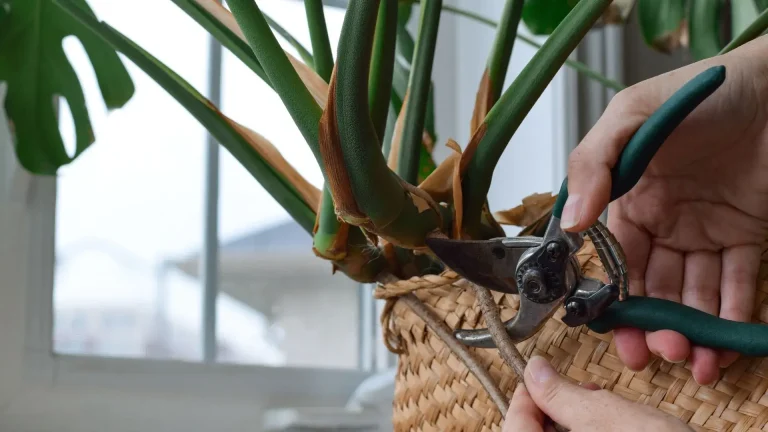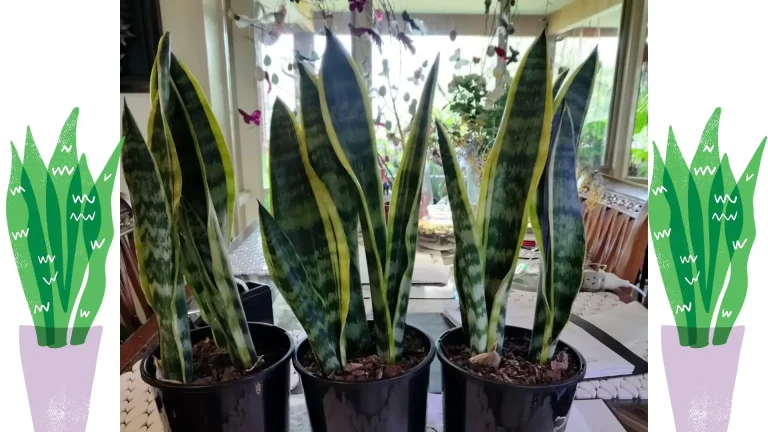How to Care for Houseplants in the Winter: A Complete Guide
Winter brings a set of unique challenges for houseplants. Reduced sunlight, lower indoor humidity, and fluctuating temperatures can stress your plants and slow their growth. These environmental changes mean that your plants may need a different care routine to stay healthy and vibrant during the colder months.
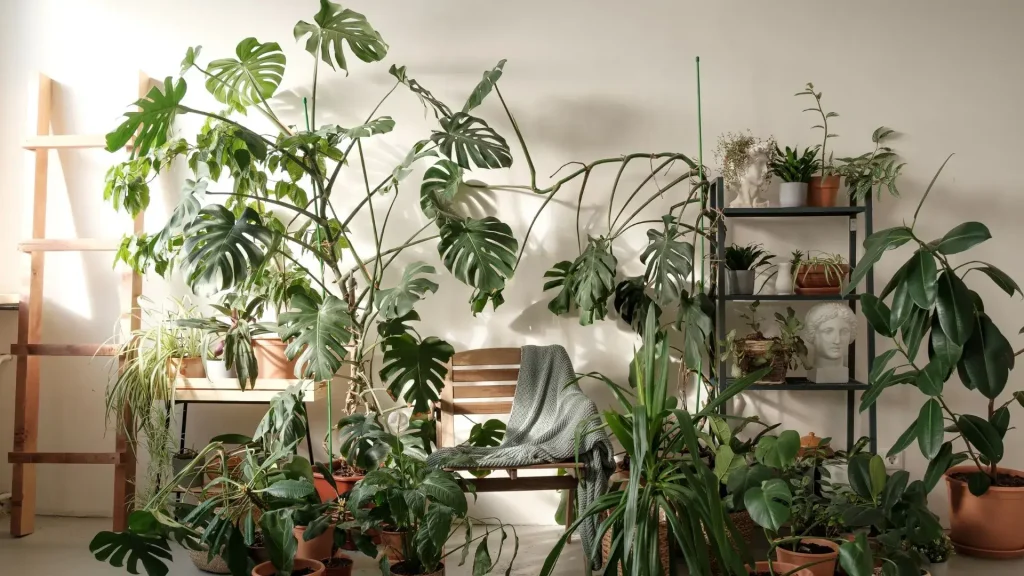
This guide offers simple, actionable tips to help you adapt your plant care practices for winter. By making a few adjustments, you can ensure your houseplants remain happy and ready to thrive when spring arrives.
Table of Contents
Adjusting Watering Practices
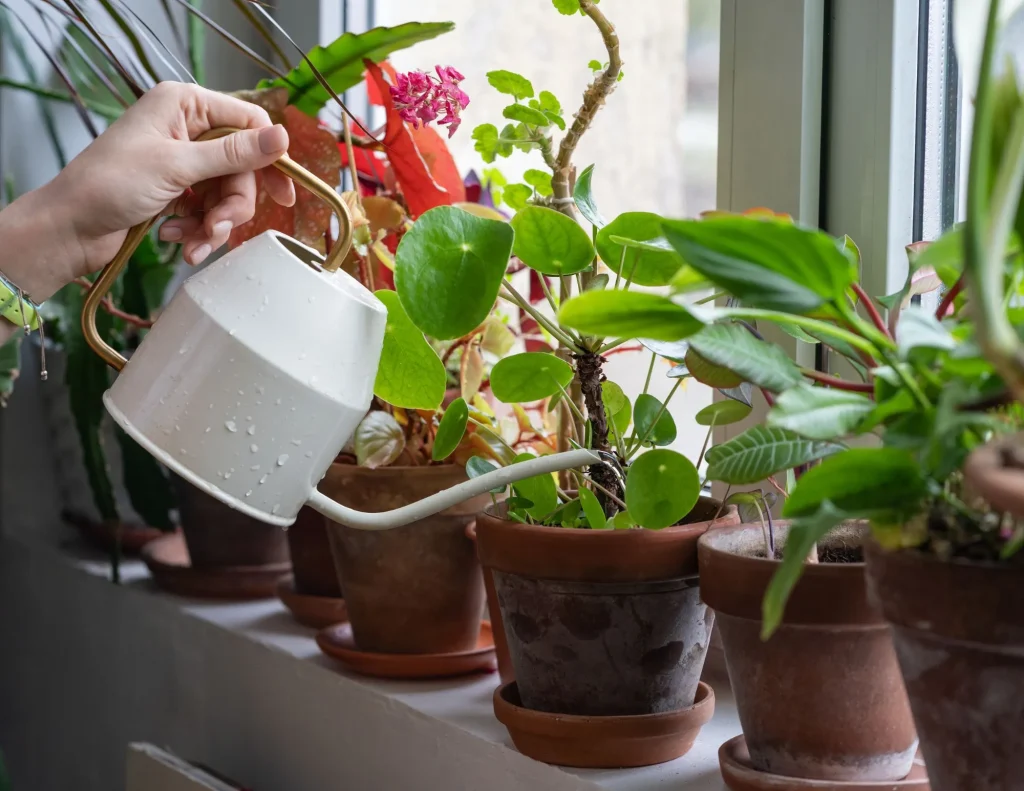
Reduce Watering Frequency
During winter, houseplants typically enter a dormant phase, growing more slowly and using less water. Overwatering during this period can lead to root rot and other issues. To prevent this, let the top inch of soil dry out before watering again. A good rule of thumb is to water less frequently but still ensure the soil remains slightly moist for plants that prefer consistent hydration.
Avoid Overwatering
Excess water combined with slower evaporation rates in winter can cause soggy soil, which puts plants at risk for root rot. Use a moisture meter to check the soil’s moisture level or insert your finger into the soil to ensure it’s not overly wet. Remember, it’s easier to revive an underwatered plant than one suffering from root rot.
Maximizing Light Exposure
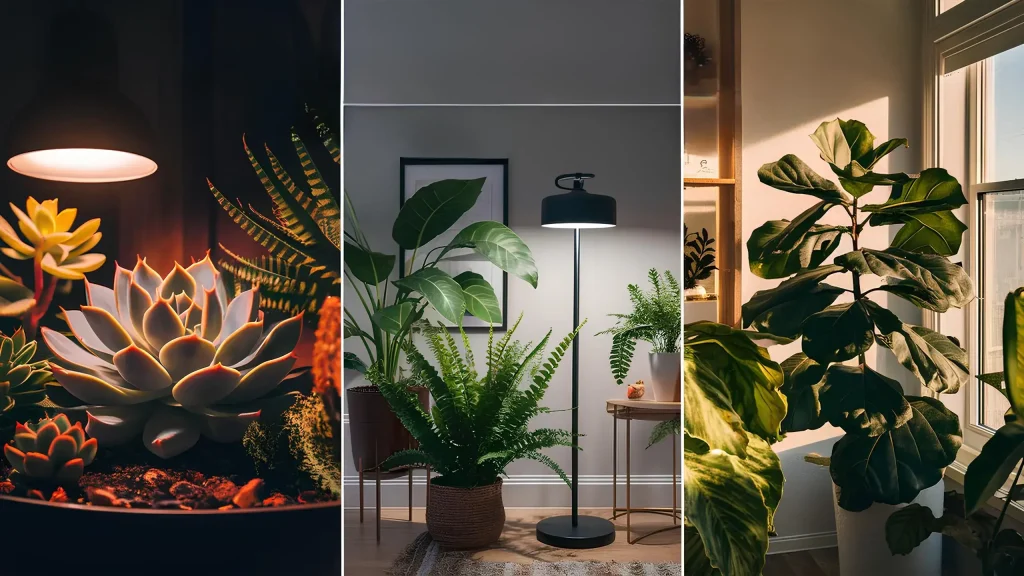
Relocate Plants
The shorter days of winter mean less natural light for your plants. To help them get as much light as possible, move them closer to bright windows. South-facing windows are ideal for providing consistent sunlight. Be mindful of cold drafts near windows and use sheer curtains to protect plants from direct cold exposure.
Clean Windows and Leaves
Dust on windows or plant leaves can block sunlight, making it harder for plants to photosynthesize effectively. Clean your windows regularly to let in maximum light, and gently wipe plant leaves with a damp cloth to remove dust and debris.
Supplement with Grow Lights
If your home doesn’t receive enough natural light, consider using grow lights to support your plants. LED grow lights are energy-efficient and provide the full spectrum of light that plants need to thrive. Position the lights 6–12 inches above your plants and use a timer to mimic natural daylight hours.
Managing Indoor Humidity
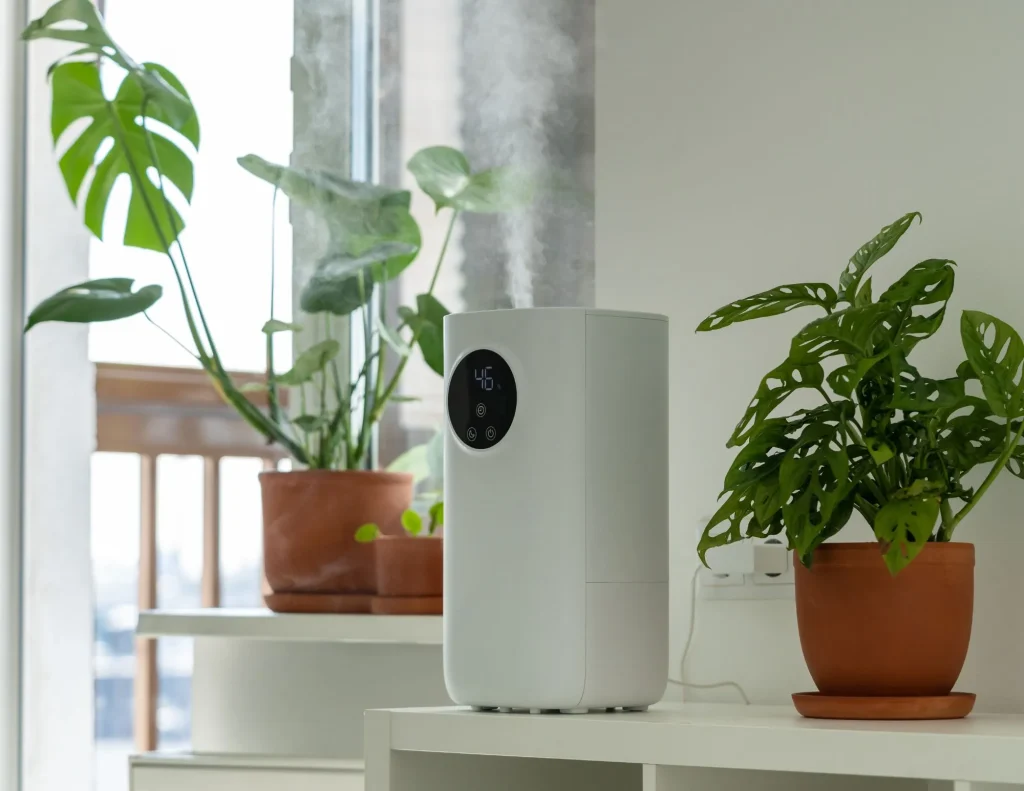
Increase Humidity Levels
Indoor heating systems during winter tend to dry out the air, making it challenging for houseplants, especially tropical varieties, to maintain proper hydration. To increase humidity levels:
- Use a humidifier near your plants for consistent moisture in the air.
- Place a shallow tray filled with water and pebbles near your plants; as the water evaporates, it will boost the humidity.
Group Plants Together
Plants naturally release moisture through a process called transpiration. By clustering plants, you can create a mini humid environment that benefits all nearby greenery. This is particularly helpful for ferns, calatheas, and other moisture-loving plants.
Mist Sparingly
Misting can help tropical plants temporarily, but it’s not a substitute for a humidifier. Mist in the morning to allow leaves to dry before evening, reducing the risk of fungal diseases. Avoid misting succulents or plants with fuzzy leaves, as excess moisture can harm them.
Regulating Temperature
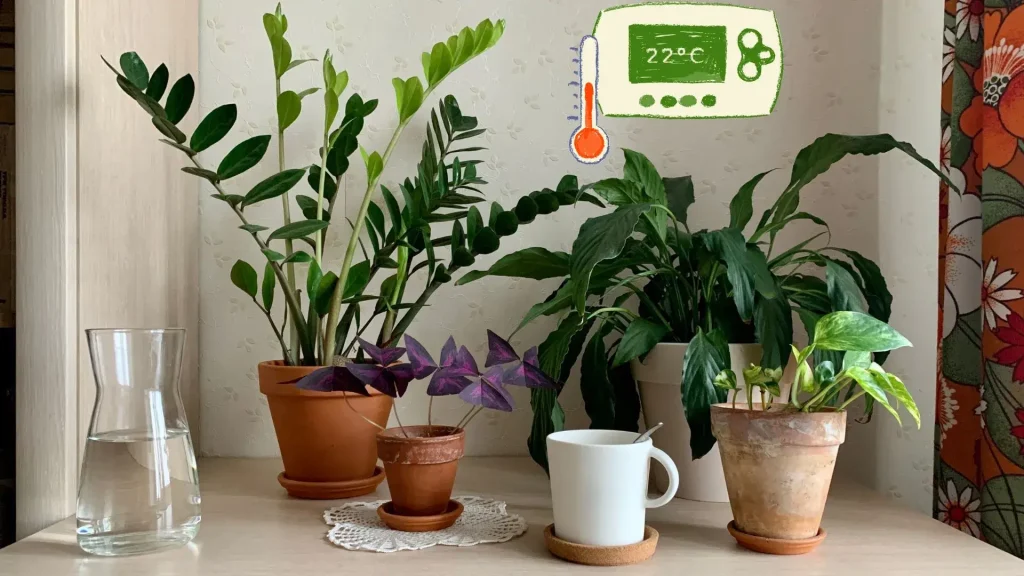
Maintain Stable Temperatures
Houseplants thrive in consistent environments, and sudden temperature changes can stress them. Aim to keep your indoor temperature between 65–75°F (18–24°C) during the day and no lower than 55°F (13°C) at night.
Avoid Drafts and Heat Sources
Place your plants away from cold drafts near windows and doors, as well as direct heat from radiators, fireplaces, or vents. These extremes can cause leaves to wilt, curl, or develop brown edges. Use insulated curtains or draft stoppers to protect plants near windows.
Monitor Nighttime Temperatures
Nighttime temperatures can dip significantly in winter. If plants are near windows, consider moving them further into the room or using thermal curtains to prevent cold damage. Sensitive plants, like fiddle-leaf figs and calatheas, are particularly prone to cold stress.
Halting Fertilization
Pause Feeding
During winter, most houseplants enter a dormant phase and do not actively grow. Fertilizing during this time can harm plants, as unused nutrients can build up in the soil and damage roots. Pause fertilization until spring, when plants resume active growth.
Exceptions to the Rule
For plants that continue growing during winter, such as herbs or plants under grow lights, you can fertilize sparingly at half the recommended strength. Be cautious not to overfeed, as less sunlight means plants process nutrients more slowly.
Pruning and Cleaning
Trim Dead or Yellowing Leaves
Winter can cause some stress to your plants, leading to yellowing or browning leaves. Regularly prune these damaged leaves to redirect the plant’s energy to healthy growth. Use clean, sharp scissors or pruning shears to avoid spreading disease.
Tidy Up Fallen Debris
Dead leaves or flowers that accumulate on the soil surface can invite pests or diseases. Remove any debris from pots to keep your plants’ environment clean and healthy.
Dust and Clean Leaves
Dust buildup on leaves reduces a plant’s ability to photosynthesize, especially during the already low-light winter months. Wipe large leaves with a damp cloth and use a soft brush or cloth for smaller or delicate leaves. This simple step ensures your plants can make the most of the available light.
Monitoring for Pests
Inspect Regularly
Dry winter air and indoor heating create conditions that attract pests like spider mites, aphids, and scale. Regularly check the tops and undersides of leaves, as well as stems, for signs of infestation.
Act Quickly
If you notice pests, isolate the affected plant to prevent the infestation from spreading. Treat pests with:
- A mild insecticidal soap spray.
- Neem oil diluted with water.
- A cotton swab dipped in rubbing alcohol for small infestations, such as mealybugs or scale.
Prevent Future Infestations
- Keep humidity levels consistent to deter pests that thrive in dry conditions.
- Avoid overwatering, as damp soil can attract fungus gnats.
Preparing for Spring
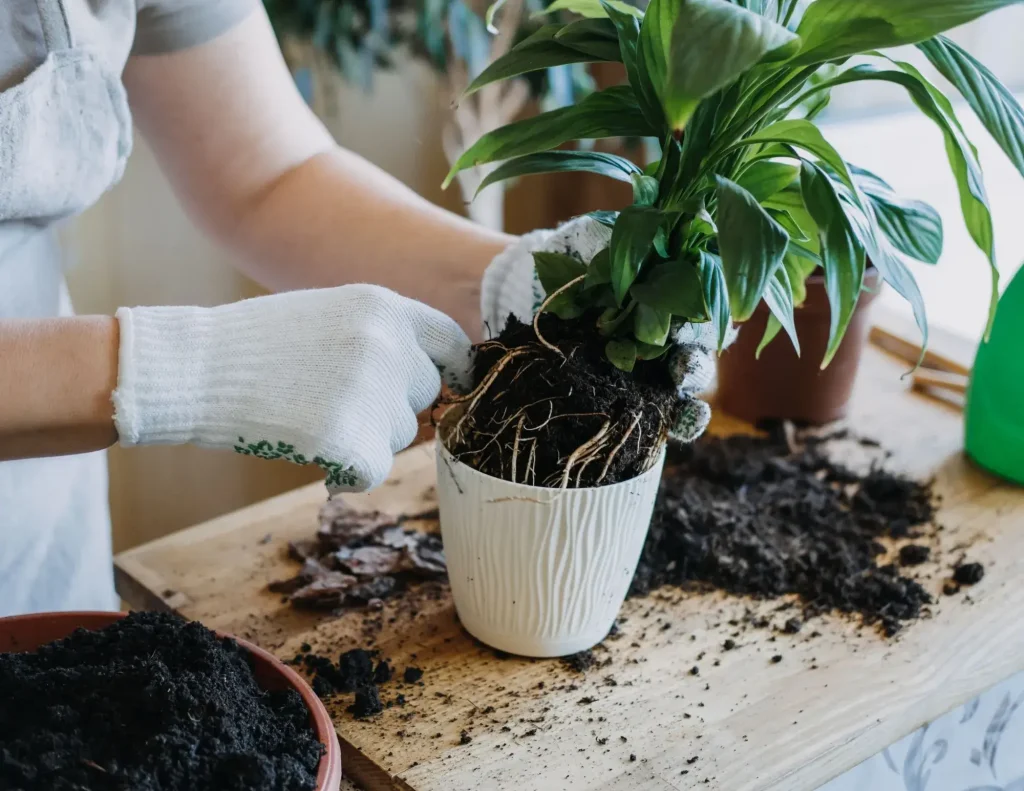
Assess Repotting Needs
Winter isn’t the best time for repotting, as most plants are dormant. However, you can use this time to check if any plants are root-bound or if their pots are too small. Plan to repot them in early spring when growth resumes.
Gradual Transition
As days begin to lengthen in late winter, slowly increase watering frequency and start fertilizing lightly to support new growth. Gradually expose plants to more sunlight as the seasons change to avoid light shock.
Create a Care Plan
Take stock of your plants’ health and care needs. Use the quieter winter months to research or adjust your routine, ensuring a seamless transition into the active growing season.
Final Thoughts
Winter may be a challenging time for houseplants, but with a few adjustments, you can keep your green companions happy and thriving until spring. By managing watering, maximizing light, regulating humidity, and watching for pests, you’ll ensure your plants emerge from the cold months healthier than ever.
Take these simple steps and enjoy a lush, vibrant indoor garden, even in the heart of winter. Let your houseplants remind you that growth and resilience are possible in every season!

